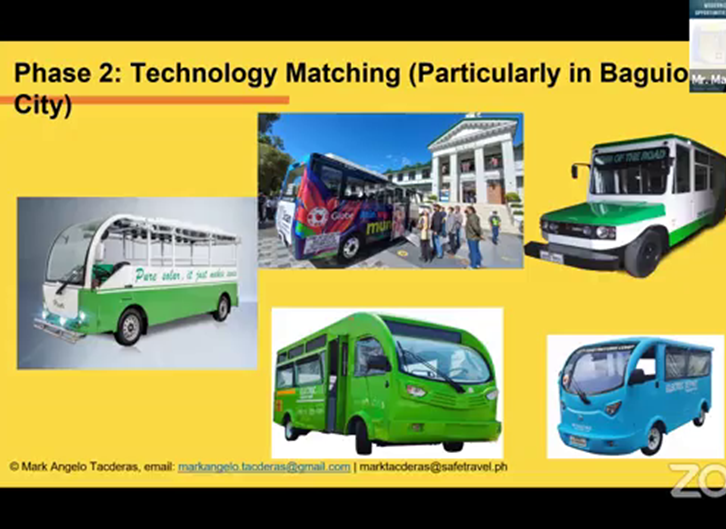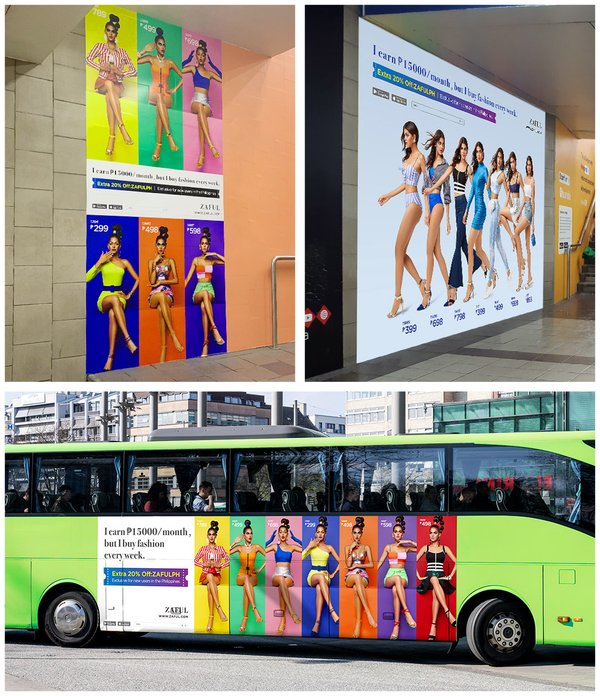Recognizing the Duty of Transportation Advertising in Enhancing Brand Exposure and Consumer Interaction
Transit marketing has emerged as a critical component in the marketing landscape, offering special opportunities for brands to boost their visibility and engage consumers properly. With the ability to reach a captive and diverse target market throughout their daily commutes, these advertising methods are not just about visibility; they have to do with producing purposeful links with potential customers. As we check out the diverse advantages and ingenious strategies within transit advertising, it becomes crucial to take into consideration how these components collectively influence consumer perception and behavior, raising concerns about their long-lasting effect on brand commitment.
Interpretation of Transportation Advertising
Transit marketing describes the technique of promoting items, solutions, or brands through advertisements positioned around public transport systems. This form of marketing includes a variety of positionings, consisting of posters on buses and trains, digital displays at transit stations, and covers on the outside of cars. It aims to get to a diverse target market, taking advantage of the high foot web traffic connected with public transportation.
Transit advertising is purposefully positioned to capture the attention of travelers, who commonly spend substantial time traveling or waiting. By incorporating ads into the day-to-day routines of people, brands can produce an enduring perception and foster brand name recognition. The tool is particularly reliable in urban environments, where public transport is a primary setting of travel.
Furthermore, transportation marketing can promote local targeting, enabling services to get to particular demographics based upon transportation routes and terminal areas. As metropolitan populaces grow and making use of public transportation increases, this advertising and marketing technique has actually gained importance as an essential component of integrated advertising strategies. The dynamic nature of transportation advertising and marketing, combined with its capability to involve customers in a captive environment, highlights its value in modern advertising methods.
Benefits of Transit Advertising And Marketing
The efficiency of transportation advertising and marketing hinges on its ability to deliver a wide variety of advantages to brand names looking for to boost visibility and engagement. Among the primary benefits is the considerable reach it supplies; transit ads can efficiently target diverse demographics throughout city locations, getting to both travelers and pedestrians alike. This wide direct exposure substantially boosts brand name recognition.
An additional advantage is the high regularity of impacts. As transportation lorries travel along established routes and quit at numerous areas, they produce repeated direct exposure that enhances brand name messages. This frequency fosters familiarity, which is essential in consumer decision-making.
Transportation advertising is likewise affordable compared to various other media systems. Provided its extensive reach and possibility for high impacts, brand names commonly experience a lower cost per thousand impacts (CPM), optimizing their advertising and marketing spending plan.
Additionally, transit ads can develop a sense of community link. By straightening with regional transit systems, brand names can resonate with local target markets and foster a feeling of local satisfaction. This localized approach boosts brand commitment and interaction, making transportation marketing a compelling selection for businesses intending to solidify their visibility out there.

Efficient Methods for Transit Projects
To make best use of the influence of transit projects, brand names must leverage critical planning and implementation tailored to their target market. First, determining the demographic attributes of the target market using public transportation is crucial. This permits brands to develop individualized messaging that resonates with prospective consumers.
Next, choosing the right transit tools is essential. Whether using bus covers, train posters, or digital displays, each medium has special benefits that can enhance visibility. For circumstances, lively visuals on bus wraps can bring in focus, while digital ads can be upgraded regularly to reflect timely promos.
Additionally, integrating a natural branding technique throughout transportation platforms makes sure consistency and see enhances the brand name's identity. Using browse this site attractive layouts and memorable taglines will strengthen brand name recall amongst travelers.
Lastly, timing is a key element in carrying out effective transportation projects. Introducing campaigns during optimal traveling hours or neighborhood occasions can dramatically raise presence and involvement. By using these techniques, brands can efficiently harness the capacity of transit advertising, fostering better recognition and link with their target market. Ultimately, a well-executed transportation campaign can drive substantial growth in brand visibility and customer interaction.

Measuring Influence and Interaction
In reviewing the performance of transit ad campaign, precise dimension of effect and engagement is crucial for brand names seeking to maximize their advertising strategies. Metrics such as reach, regularity, and impressions give foundational information to evaluate visibility. Assessing these elements aids identify the number of possible clients are exposed to the promotions during their day-to-day commutes.
Interaction can be more evaluated via consumer communications, such as website traffic, social media sites discusses, and straight responses to calls-to-action featured in the advertisements. Utilizing tools like QR codes or one-of-a-kind Links can facilitate tracking of customer actions directly linked to transportation projects. Studies and comments devices also function as useful approaches to gather qualitative data on consumer understandings and recall of the promotion.
Additionally, progressed analytics and acknowledgment models can correlate transit exposure with succeeding purchasing behavior, using understandings right into the return on investment. By employing a detailed method that integrates measurable and qualitative measures, brands can establish a nuanced understanding of their transportation advertising and marketing impact. Ultimately, this data-driven method makes it possible for brands to fine-tune their projects, guaranteeing they reverberate properly with target audiences and enhance overall brand visibility.
Study of Successful Campaigns
Successful transit ad campaign work as engaging instances of exactly how efficient techniques can elevate brand presence and involvement. Transit Advertising Philippines. One significant situation is the "I Love New york city" project, which transformed the city's image and brought in numerous visitors. By using train ads, billboards, and bus wraps, the project created a strong, cohesive brand identification, leading to a substantial uptick in tourism and regional organization patronage
An additional exemplary project more information is Coca-Cola's "Share a Coke" campaign, which leveraged transit advertising to personalize the brand name experience. By featuring preferred names on marketing materials throughout different transportation platforms, Coca-Cola cultivated a much deeper emotional link with consumers, urging them to share their experiences on social networks.
Additionally, the "Got Milk?" project effectively utilized public transport advertisements to reach a wide audience, enhancing the message of the significance of milk in a well balanced diet plan. The campaign saw a measurable boost in milk consumption in target demographics.
These study show that when executed attentively, transportation marketing can substantially improve brand name exposure, foster customer engagement, and drive measurable outcomes, demonstrating its crucial function in modern advertising approaches. - Transit Advertising Philippines
Final Thought
In conclusion, transit advertising and marketing serves as an important tool for improving brand visibility and fostering consumer engagement. Inevitably, the capability to determine interaction and evaluate successful case researches emphasizes the performance of transportation marketing in driving brand name commitment and consumer interactions.
Transit marketing has arised as a critical component in the marketing landscape, offering special opportunities for brands to boost their exposure and engage customers properly.In addition, transit advertising can facilitate localized targeting, allowing businesses to get to particular demographics based on transit courses and station areas.In examining the effectiveness of transportation advertising and marketing campaigns, exact measurement of influence and interaction is vital for brands looking for to optimize their advertising and marketing techniques.Effective transit advertising and marketing campaigns offer as compelling instances of how efficient techniques can boost brand presence and engagement.In final thought, transit marketing offers as an important tool for improving brand exposure and cultivating consumer interaction.